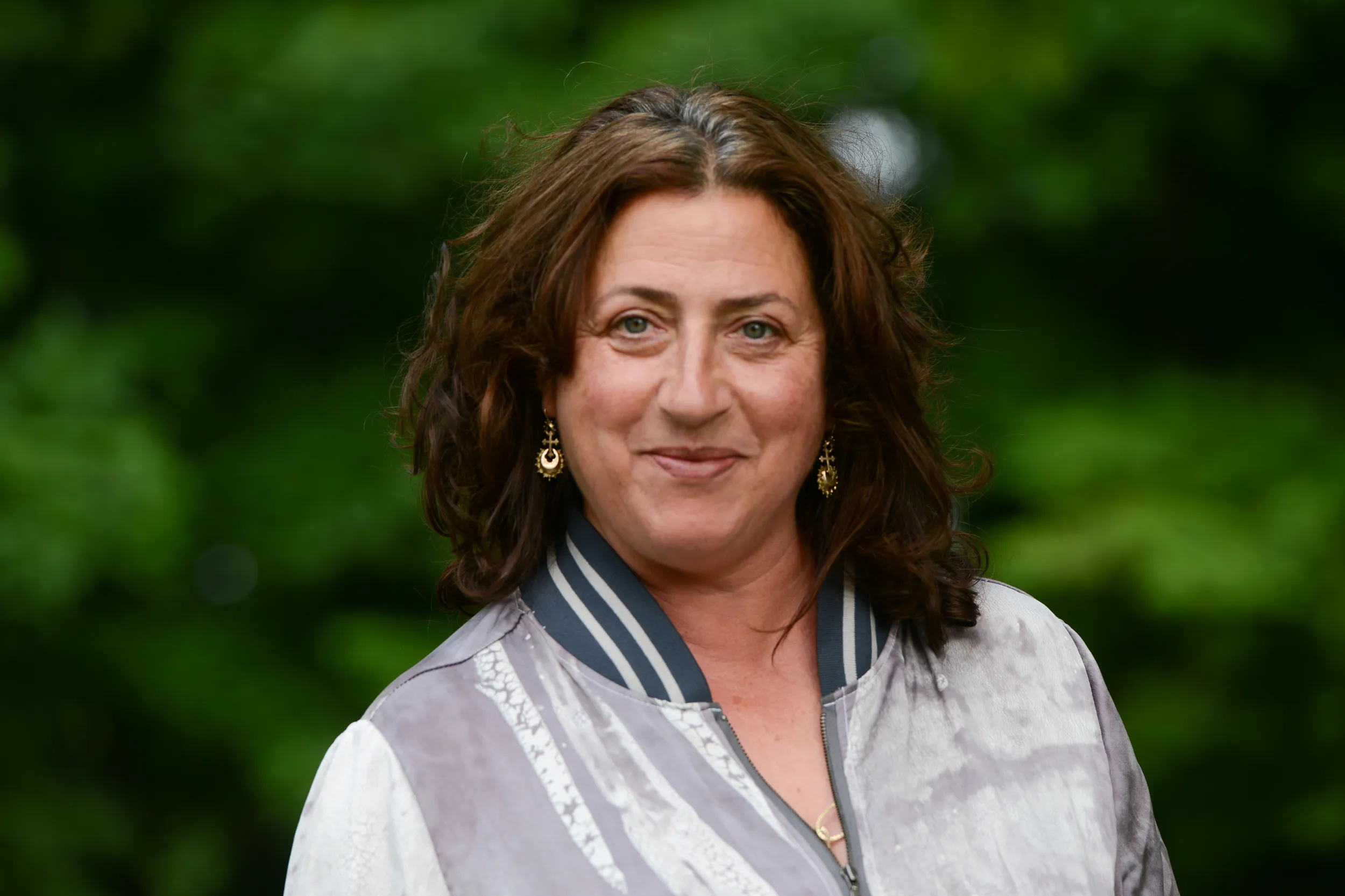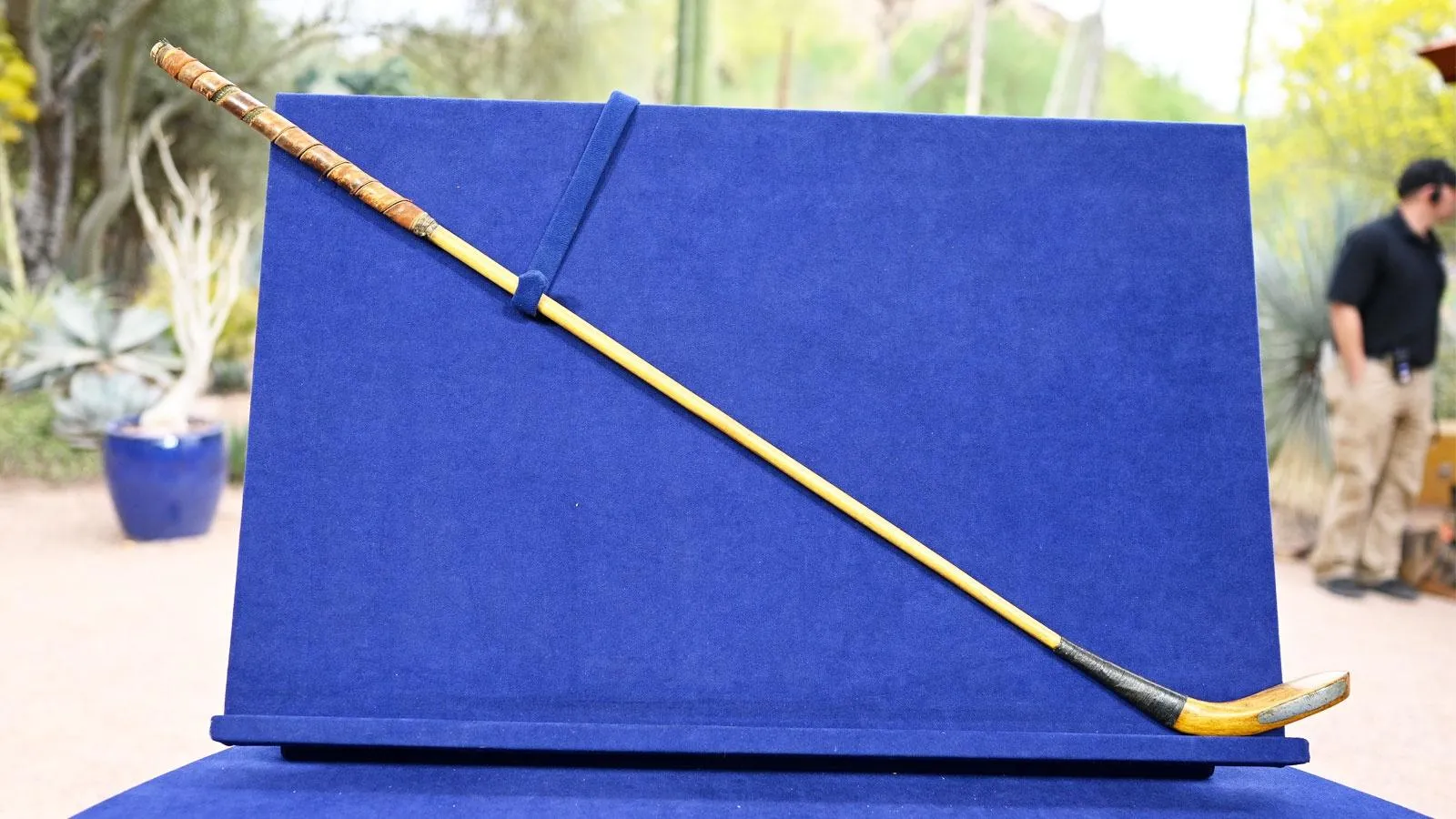Cartier Carved Sapphire Ring, ca. 1925

$5,000 - $7,000 Auction
Featured In

episode
Junk in the Trunk 10
Discover never-before-seen surprises from our Season 24 tour. One is worth up to $100K!
Understanding Our Appraisals
Placeholder
ANTIQUES ROADSHOW'S Season 29 tour is underway! See where we're going

$5,000 - $7,000 Auction

episode
Discover never-before-seen surprises from our Season 24 tour. One is worth up to $100K!
Placeholder
A weekly collection of previews, videos, articles, interviews, and more!
Funding for ANTIQUES ROADSHOW is provided by Ancestry and American Cruise Lines. Additional funding is provided by public television viewers.
ANTIQUES ROADSHOW is a trademark of the BBC and is produced for PBS by GBH under license from BBC, Worldwide. PBS is a 501(c)(3) not-for-profit organization.
A weekly collection of previews, videos, articles, interviews, and more!